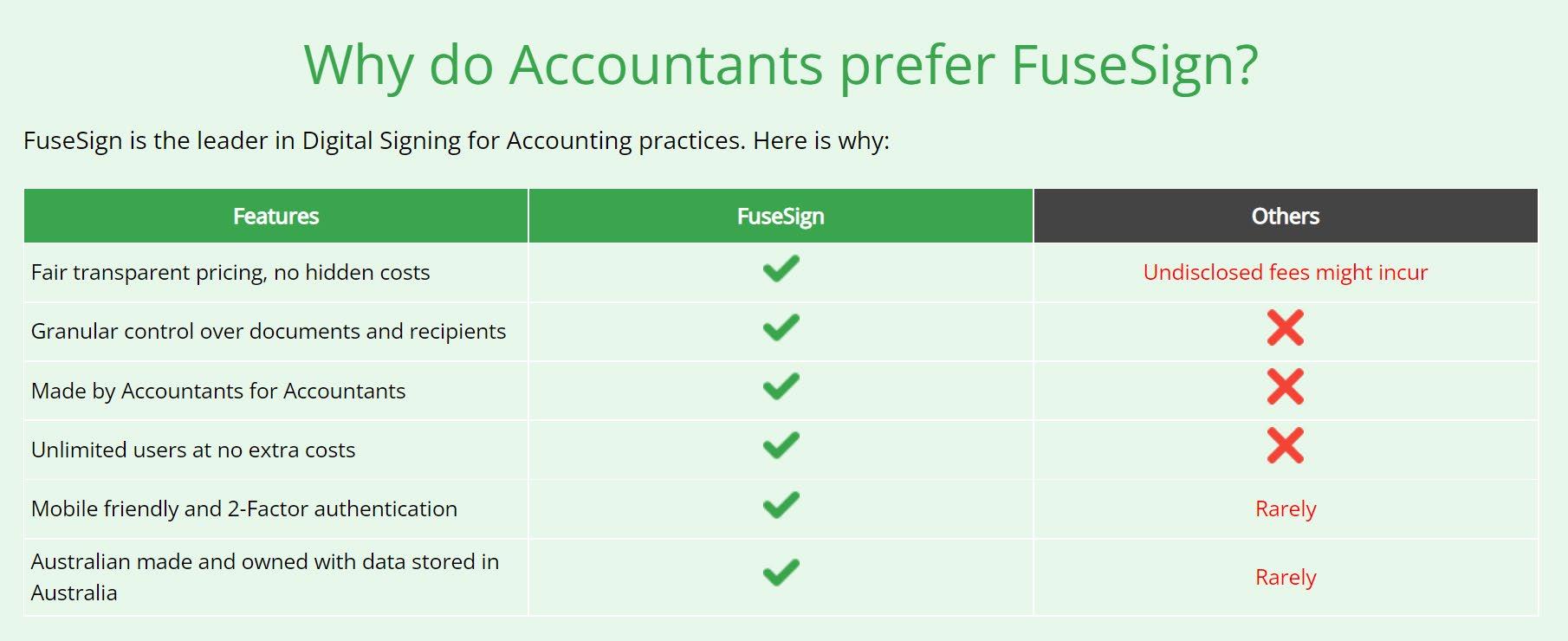5
ways that tech is changing accounting
Getting your firm ready for a digital future
@MarketFinance
Chris Findlow, Head of Partnerships, MarketFinance Chris Findlow is Head of Partnerships at MarketFinance. He’s passionate about helping SMEs get access to funding and working with entrepreneurs to free up more time to focus on growing their business.
Riding the wave of technological change has been an exhilarating journey for accountants. Some firms have quickly embraced the possibilities of new tech, and others have taken a more sedate approach. But, like it or not, tech is now an integral part of being a modern accountant. Chris Findlow, Head of Partnerships at MarketFinance, explores five ways that technology has changed the accounting process...
This article is
T
he speed of technological change in accounting has been incredibly fast and pervasive over the past decade. We’ve seen big changes in the accounting process and the efficiency of the average firm’s practice management. We’ve seen new ways to record, track and analyse financial data. And we’ve seen a significant jump in the value your firm can add for clients. All in all, the impact of tech has been profound. We’ve moved from clunky, desktop-based software applications to complete digital business systems. And these systems can manage not just the accounts, but every area of the client’s business. To put this evolution into perspective, we’ve picked out the five main advances in technology that have affected accounting. And how they’ve expanded your firm’s capabilities. 1) The cloud and online working Step back ten or fifteen years, and
52 / Issue 30
the average accounting firm was based firmly around an officebased, desktop system. Packages like Sage 50 and the original desktop version of QuickBooks were the software of choice for many practices. And then, along came cloud. The concept of working from an online system ‘in the cloud’ had been around for decades. But in the early 2000s, technology was finally fast enough and accessible enough to be used via the web. This is the point that Kashflow (2005) and Xero (2006) introduced the idea of cloud accounting. Ditching the desktop system in favour of a web-based accounting application was a bold move, but it’s now the norm for most modern firms. Cloud accounting has made it easier to: • Escape the restrictions of the office and become more mobile • Access real-time financial information around the clock • Collaborate with clients in realtime, using up-to-date numbers
• Work from the latest software versions, without costly updates etc. 2) The app stack, automation and APIs By the late 2010s, platforms like Xero, QuickBooks Online and Sage’s updated range of cloud products had begun to add finance and business apps. Application programming interfaces (APIs) made this possible, allowing third-party developers to connect and integrate their apps. Apps began to appear that expanded your firm’s abilities and made life easier for clients. Receipt Bank (now Dext) was introduced to automate the bookkeeping tasks, and Chaser appeared on the scene to automate the credit control processes. And this expansion of platform-independent apps hasn’t slowed since. There are now over a thousand apps in the Xero app store, catering to almost every conceivable business activity.
XU Magazine - the independent magazine for Xero users, by Xero users.



































